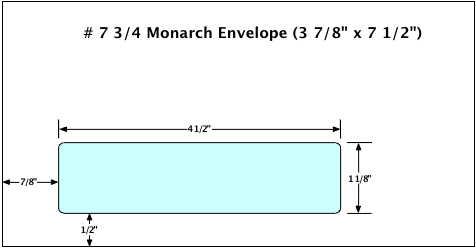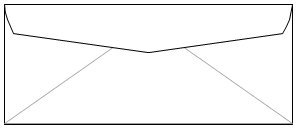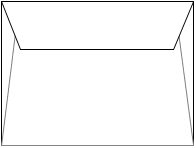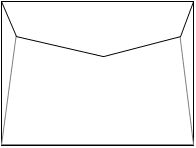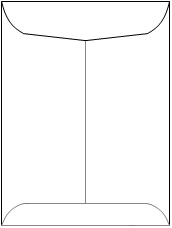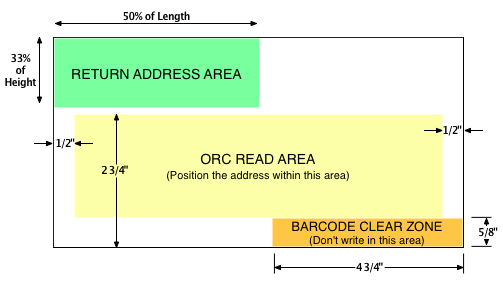
ENVELOPE STYLES & SIZES
Envelope Styles & Sizes
CONSTRUCTION
This picture illustrates various parts of an envelope, which are used to create different envelope styles.
FLAP STYLES
The flap is the part of the envelope that is folded to seal the envelope. The main flap shapes are shown in the illustration.
SIZES and STYLES
Commercial: These are the most popular envelopes for business correspondence, they usually have commercial flap.
Note: The 7 3/4 envelope with pointed flap is also known as Monarch.
Announcement: These are mostly used for announcements, invitations, cards, small booklets, brochures or promotional pieces. The flaps are usually pointed or flat.
Baronial: These are mostly used for announcements, invitations, cards, small booklets, brochures or promotional pieces. The flaps are usually pointed or flat.
Booklet: These envelopes are the kind that one would typically find in direct mail, they are mostly used for sending catalogs, folders and the like.
Catalog: This style of envelope is mainly used for, as the name might suggest, catalogs as well as magazines and reports. They cannot be used for machine insertion processes.
Window Envelopes (US)
Window envelopes are most often used for bills, though they're also popular for marketing purposes. They are cost-efficient, since the name and address shows through the window, eliminating the need to address the envelope. Normally translucent plastic is used as the window material. Open window envelopes are growing in popularity because they are environmentally friendly.
Single-Window Envelopes
The most common window size is 1 1/8 x 4 1/2, and the position 7/8 in from left and 1/2 (often 5/8) in from bottom, but there are lots of variations.
Double-Window Envelopes
The three probably most popular envelope sizes with double windows are:
Note: The sizes and positions of windows may vary greatly, and depending on the manufacturer.
Addressing and Printing Guidelines
The correct formatting and address position on an envelope is required to facilitate mail processing by optical character recognition (OCR) equipment, used by the post office for sorting mail. Machine-readable mail results in faster and more accurate delivery and lower postage rates. Here is the picture that illustrates the correct address position:
General Considerations
Always use the ZIP/Postal code.
-
Always print barcodes if possible.
-
Use simple fonts, such as Arial or Helvetica, and font size over 12 points.
-
Avoid using any graphics in the address zone, as it may confuse the optical reading equipment.

